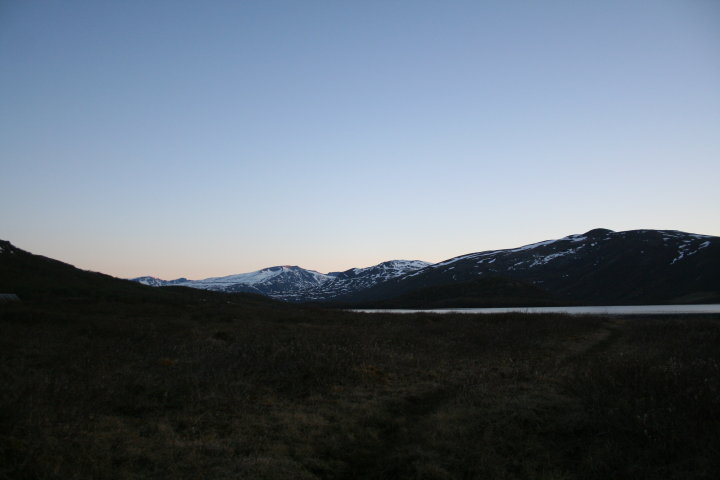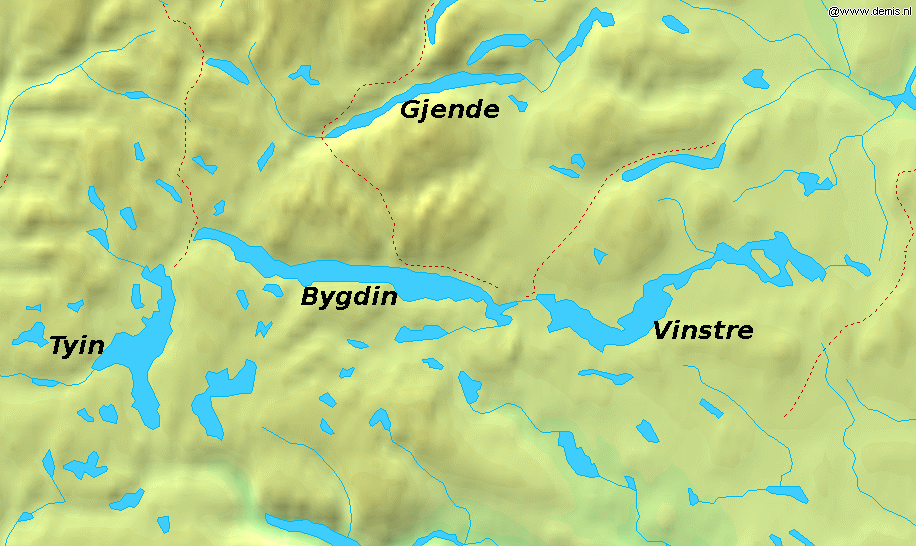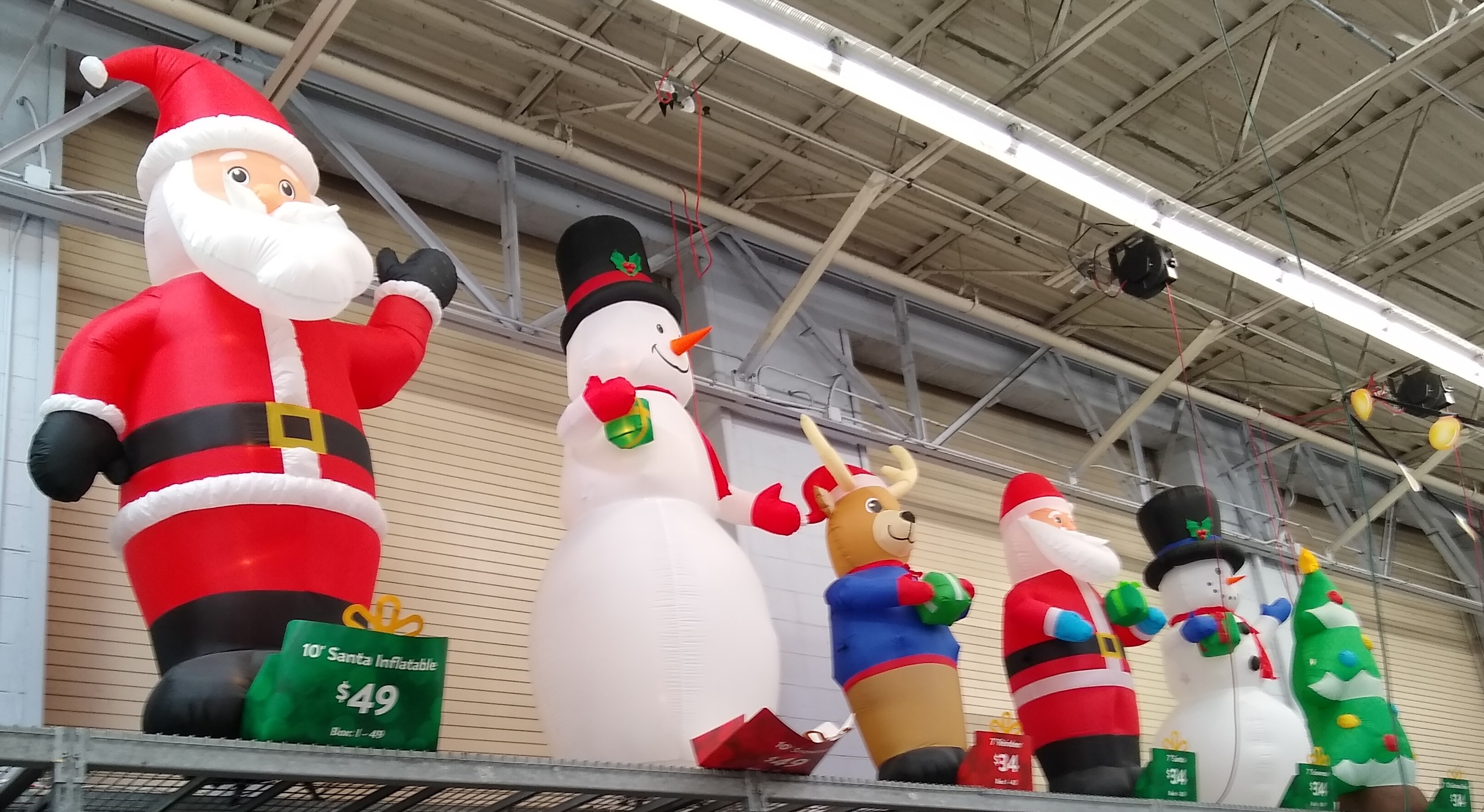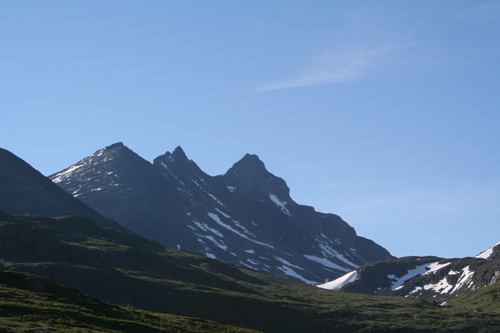|
Sjoa
The Sjoa is a river in Innlandet county, Norway. The long river runs through the municipalities of Vågå and Sel and it provides the outlet from lake Gjende at Gjendesheim in the Jotunheimen mountains of Norway's Jotunheim National Park. The river flows eastward through the Sjodalen valley and Heidal valley into the Gudbrandsdalslågen river at the village of Sjoa. South of the village of Randsverk, the river flows through ''Ridderspranget'' which is a ravine named after a Norwegian myth. Rafting, kayaking and fishing The river is used for kayaking, rafting and fishing. Thirteen deaths have occurred in the river, from 1989 to 2010. This includes four deaths involving a group of tourists in various inflatable " catarafts", on 24 July 2010 (a national newspaper claimed that at that time the level of the river was above a safe level for rafting).Dagbladet ''Dagbladet'' (lit.: ''The Daily Magazine'') is one of Norway's largest newspapers and is published in the tabloid for ... [...More Info...] [...Related Items...] OR: [Wikipedia] [Google] [Baidu] |
Sjoa (village)
Sjoa is a village in Sel Municipality in Innlandet county, Norway. The village is located at the confluence of the rivers Gudbrandsdalslågen and Sjoa. The Dovrebanen railway line and the European route E6 highway both run through the village. Sjoa Chapel is located in the village. The mountain Saukampen lies just to the southwest of the village. In 2016 Perkolo Bridge, a glued laminated timber bridge over the Gudbrandsdalslågen at Soja collapsed. The official report into the collapse determined that "the direct cause is a defective joint in the framework". The Perkolo Bridge collapse led to 11 similar bridges being closed for inspection, including one at Tretten. The similar bridge over the Gudbrandsdalslågen at Tretten collapsed in 2022 despite it being checked for defects in 2021. The village is named after the river Sjoa. Prior to 1965, the village was part of Nord-Fron Municipality, but in a large municipal merger on 1 January 1965, the Sjoa area became part of a newly en ... [...More Info...] [...Related Items...] OR: [Wikipedia] [Google] [Baidu] |
Sjodalen
Sjodalen is a wide, gently sloping valley in Southern Norway, draining the eastern parts of Jotunheimen. The river Sjoa gives its name to the valley. Sjodalen is generally accepted to start at the outlet from the deep mountain-lake Gjende. The valley's lower end-point is, however less defined as the valley is named Heidal east of Randsverk. Perhaps the most easy definition is to state that the valley draining Sjoa is named Sjodalen in Vågå and Heidal in Sel municipalities. History The valley was traditionally used for summer farming. What is particular for the valley is the size and state of these summer farms ('' sæter'' in Norwegian). This is partly caused by the very rare tradition of winter-farming in this region. Rather than bringing the summer harvest down into the village and main farm, the farmers took the animals back up into the mountains during winter. This could be done due to the limited snow-fall in this continental climate regime. The perhaps best-known tourist ... [...More Info...] [...Related Items...] OR: [Wikipedia] [Google] [Baidu] |
Heidal
Heidal or Heidalen is a valley in Sel Municipality in Innlandet county, Norway. The U-shaped valley follows the river Sjoa which begins in the nearby Jotunheimen mountains eastward until it joins the Gudbrandsdalslågen river in the main valley which runs through the region, Gudbrandsdalen. The western end of the Sjoa river valley is in Vågå Municipality and there, it is called the Sjodalen valley. From 1908-1965, the Heidal valley was an independent municipality called Heidal, and since 1965, it has been a part of Sel Municipality. The main urban area in the valley is the village of Bjølstad. The valley runs northwest from the village of Sjoa for about to the village of Bjølstad where the valley curves to the southwest/south for about before entering Vågå municipality. After entering Vågå, the valley becomes much narrower as it enters into the Jotunheimen mountains and heading to the source of the river, the large lake Gjende. History In the year 1177, Ivar Gjæsling ... [...More Info...] [...Related Items...] OR: [Wikipedia] [Google] [Baidu] |
Gudbrandsdalslågen
The Gudbrandsdalslågen (or simply ''Lågen'') is a river which flows through the Gudbrandsdal valley in Innlandet county, Norway. The long river runs through a large valley in Eastern Norway before emptying into Mjøsa, the largest lake in Norway. The river flows through the municipalities of Lesja, Dovre, Sel, Nord-Fron, Sør-Fron, Ringebu, Øyer, and Lillehammer. Watercourse The Gudbrandsdalslågen begins in the lake Lesjaskogsvatnet (or Lesjavatn), which lies in Lesja municipality in the far northern part of the county. Lesjavatn is the only lake in Norway which has two outlets, and they both flow into two of Norway’s more famous rivers. In the southeast at the village of Lesjaverk, the lake serves as the headwaters for the Gudbrandsdalslågen, while in the northwest at Lesjaskog village, Lesjavatn is the headwaters for the Rauma river which heads to the west. The Gudbrandsdalslågen river flows through the Gudbrandsdal valley. Western tributaries of the Gudbrandsdalslå ... [...More Info...] [...Related Items...] OR: [Wikipedia] [Google] [Baidu] |
Gjende
Gjende or Gjendin is a lake in Vågå Municipality in Innlandet county, Norway. It is located in the Jotunheimen mountain range and also inside Jotunheimen National Park. The proglacial lake shows typical characteristics of glacial formation, being long and narrow, with steep walls. The lake is in length and only in width at the broadest point. Gjende has a characteristic light-green color resulting from the large quantity of rock flour which is discharged into the Gjende by the Muru river. The river Sjoa provides the outlet from Gjende at Gjendesheim, and flows eastward into the Gudbrandsdalslågen river. Gjende lies in the middle of Jotunheimen National Park and both to the north and south of the lake lie peaks with elevations reaching greater than . There are numerous staffed tourist cabins maintained by the Norwegian Mountain Touring Association (DNT); in the west end lies Gjendebu, on the north side lies Memurubu and on the east end lies Gjendesheim. In the summer boa ... [...More Info...] [...Related Items...] OR: [Wikipedia] [Google] [Baidu] |
Norway
Norway, officially the Kingdom of Norway, is a Nordic country in Northern Europe, the mainland territory of which comprises the western and northernmost portion of the Scandinavian Peninsula. The remote Arctic island of Jan Mayen and the archipelago of Svalbard also form part of Norway. Bouvet Island, located in the Subantarctic, is a dependency of Norway; it also lays claims to the Antarctic territories of Peter I Island and Queen Maud Land. The capital and largest city in Norway is Oslo. Norway has a total area of and had a population of 5,425,270 in January 2022. The country shares a long eastern border with Sweden at a length of . It is bordered by Finland and Russia to the northeast and the Skagerrak strait to the south, on the other side of which are Denmark and the United Kingdom. Norway has an extensive coastline, facing the North Atlantic Ocean and the Barents Sea. The maritime influence dominates Norway's climate, with mild lowland temperatures on the se ... [...More Info...] [...Related Items...] OR: [Wikipedia] [Google] [Baidu] |
Cataraft (boat)
A Formula 16 beachable catamaran Powered catamaran passenger ferry at Salem, Massachusetts, United States A catamaran () (informally, a "cat") is a multi-hulled watercraft featuring two parallel hulls of equal size. It is a geometry-stabilized craft, deriving its stability from its wide beam, rather than from a ballasted keel as with a monohull boat. Catamarans typically have less hull volume, smaller displacement, and shallower draft (draught) than monohulls of comparable length. The two hulls combined also often have a smaller hydrodynamic resistance than comparable monohulls, requiring less propulsive power from either sails or motors. The catamaran's wider stance on the water can reduce both heeling and wave-induced motion, as compared with a monohull, and can give reduced wakes. Catamarans were invented by the Austronesian peoples which enabled their expansion to the islands of the Indian and Pacific Oceans. Catamarans range in size from small sailing or rowing ve ... [...More Info...] [...Related Items...] OR: [Wikipedia] [Google] [Baidu] |
Inflatable
An inflatable is an object that can be inflated with a gas, usually with air, but hydrogen, helium and nitrogen are also used. One of several advantages of an inflatable is that it can be stored in a small space when not inflated, since inflatables depend on the presence of a gas to maintain their size and shape. Function fulfillment per mass used compared with non-inflatable strategies is a key advantage. Stadium cushions, impact guards, vehicle wheel inner tubes, emergency air bags, and inflatable space habitats employ the inflatable principle. Inflation occurs through several strategies: pumps, ram-air, blowing, and suction. Although the term ''inflatable'' can refer to any type of inflatable object, the term is often used in boating to specifically refer to inflatable boats. Types High-pressure vs. low-pressure A distinction is made between high-pressure and low-pressure inflatables. In a high-pressure inflatable, structural limbs like pillars and arches are built out o ... [...More Info...] [...Related Items...] OR: [Wikipedia] [Google] [Baidu] |
Ravine
A ravine is a landform that is narrower than a canyon and is often the product of streambank erosion.Definition of "ravine" at Ravines are typically classified as larger in scale than , although smaller than s. Ravines may also be called a cleuch, dell, ghout (), [...More Info...] [...Related Items...] OR: [Wikipedia] [Google] [Baidu] |
Kunnskapsforlaget
Kunnskapsforlaget () is a Norwegian publishing company based in Oslo. Kunnskapsforlaget was established in 1975, as a partnership between H. Aschehoug & Co. (W. Nygaard) and Gyldendal Norsk Forlag. The purpose was to co-operate on publishing encyclopaedias and dictionaries. The first volume of Store norske leksikon (SNL) was published in 1978. A total of four editions was published (the last one in 2004), before the online version was transferred to Institusjonen Fritt Ord og Sparebankstiftelsen DnB in 2011. Kunnskapsforlaget is the largest dictionary publisher in Norway. They publish both printed books, and digital dictionaries that are available through the online service Ordnett (launched in 2004). Their main languages are English and Norwegian, but they also have dictionaries in 21 other languages. In September 2018, Gyldendal Norsk Forlag became the single owner of the company. As of 2018, the publisher has eight full-time employees. The CEO is Thomas Nygaard Thomas m ... [...More Info...] [...Related Items...] OR: [Wikipedia] [Google] [Baidu] |
Jotunheim National Park
Jotunheimen National Park ( no, Jotunheimen nasjonalpark, "Home of the Giants") is a national park in Norway, recognized as one of the country's premier hiking and fishing regions. The national park covers and is part of the larger area Jotunheimen. More than 250 peaks rise above an elevation of , including Northern Europe's two highest peaks: Galdhøpiggen at , and Glittertind at . The national park covers most of the mountainous region of Jotunheimen, including Hurrungane, but Utladalen and its surroundings are within Utladalen Landscape Protection Area. Geographically, it lies in both Innlandet and Vestland counties. Geologically the Jotunheimen is a Precambrian province. Glaciers have carved the hard gabbro rock massifs of the Jotunheimen, leaving numerous valleys and the many peaks. Wildlife in the park include the reindeer, moose, deer, wolverines and lynx. Most lakes and rivers hold trout. History Jotunheimen has been the site of hunting since before recorded time. Re ... [...More Info...] [...Related Items...] OR: [Wikipedia] [Google] [Baidu] |





